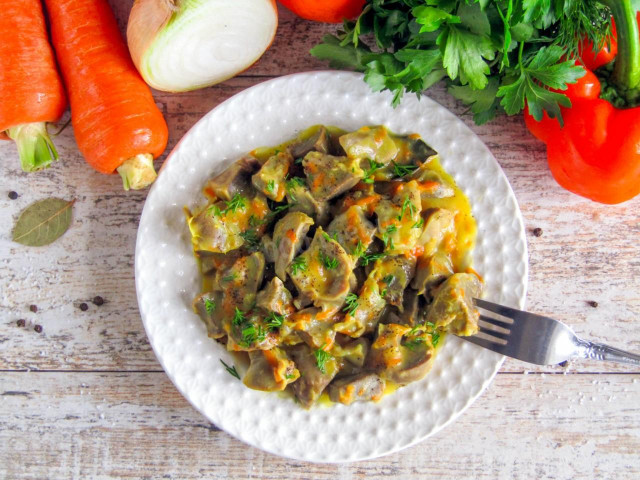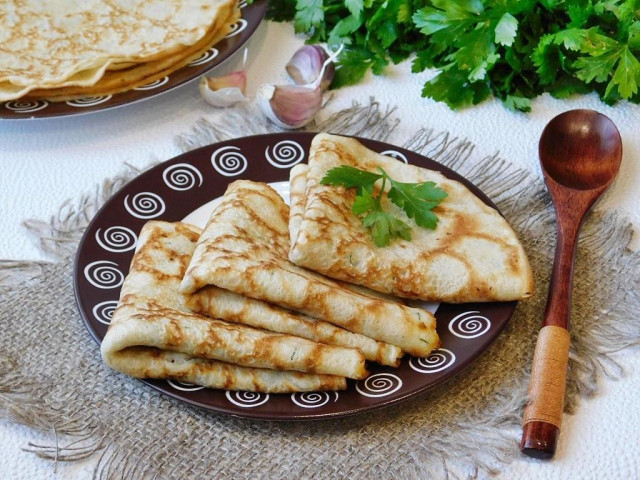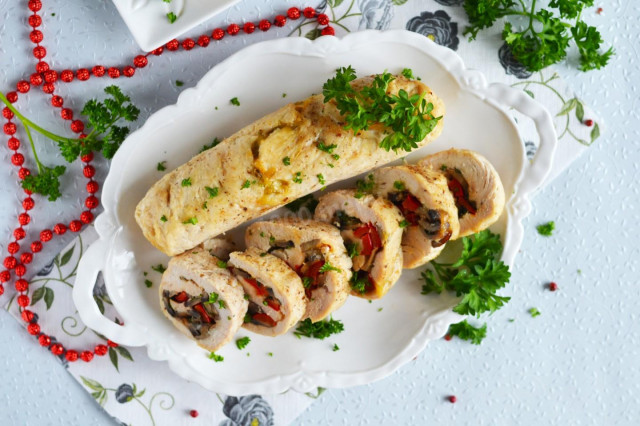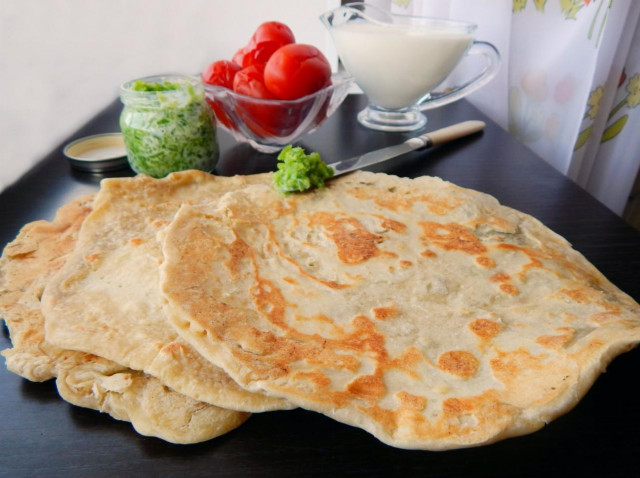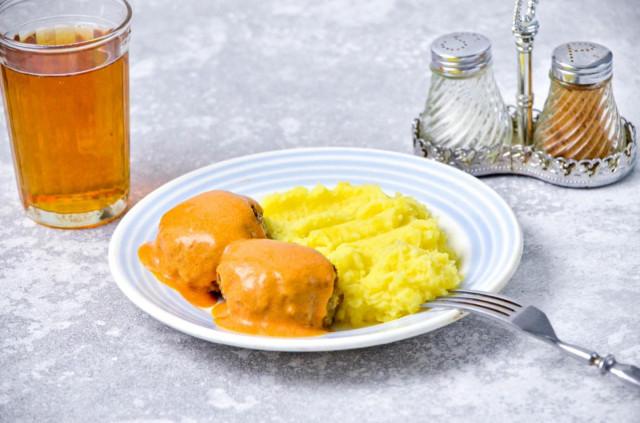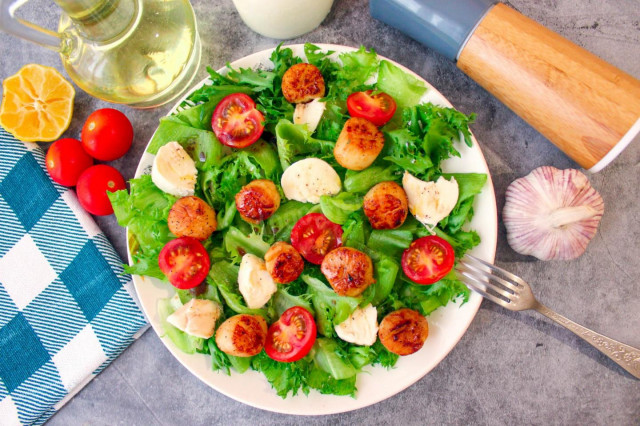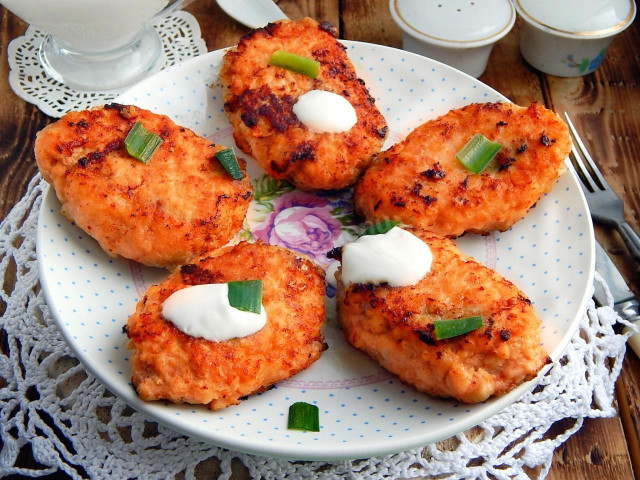Composition / ingredients
Step-by-step cooking
Step 1:
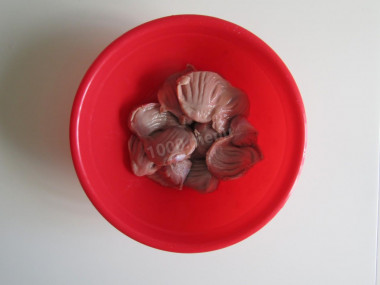
How to put out turkey stomachs? Prepare the products. Stomachs can be purchased frozen and chilled. If you have frozen, pre-defrost them by transferring them from the freezer to the bottom shelf of the refrigerator. Wash the stomachs well, clean them of yellow films, if any. Boil until tender in salted water, it will take about an hour.
Step 2:
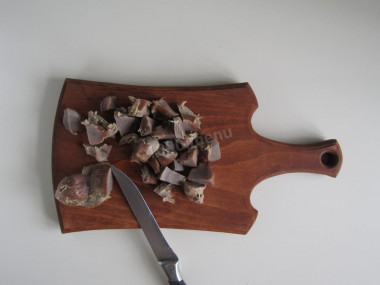
Let the stomachs cool, then cut into small pieces.
Step 3:
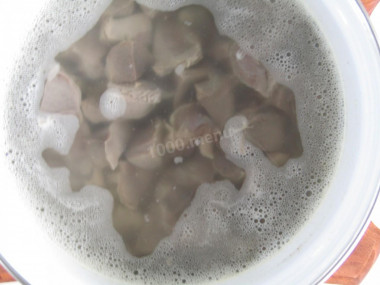
Move the stomachs into a saucepan, pour a liter of water, add salt and bay leaf, allspice, then put on the stove to simmer over medium heat.
Step 4:
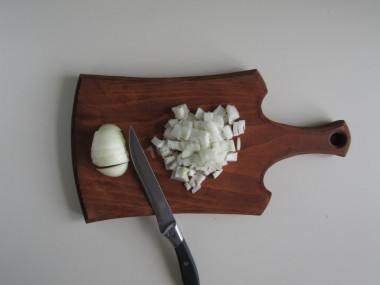
Peel the onion, rinse, cut into cubes.
Step 5:
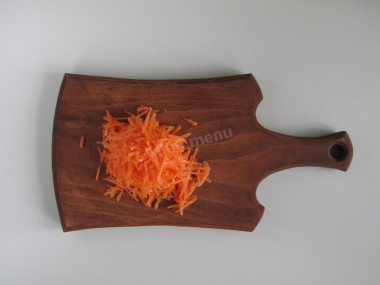
Peel and grate the carrots on a coarse grater.
Step 6:
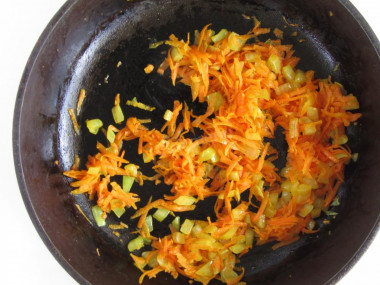
Pour vegetable oil into a frying pan, heat it up a little and send onions and carrots to it. Fry them on low heat until golden brown, if you want - add your favorite seasonings.
Step 7:
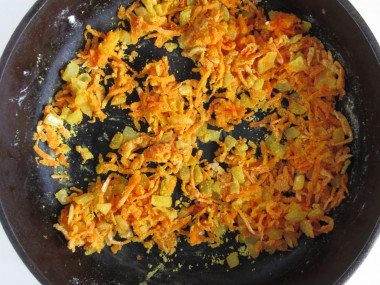
Add flour to the pan, mix it with the vegetables and fry them together a little, stirring constantly.
Step 8:
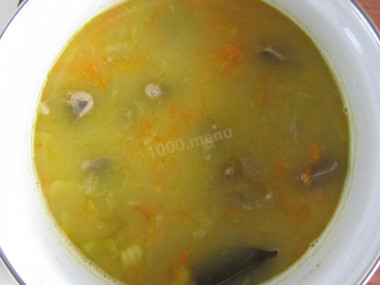
Send the onions and carrots to the stomachs in a saucepan. Simmer all together for about 20 minutes, until the mass thickens. Dill and green onions can be chopped and stewed together with the stomachs, or you can decorate a ready-made dish with greens, I chose the second option. Stewed turkey stomachs are ready, bon appetit!
Turkey stomachs are by-products. They have a rigid and fibrous structure, so it is important to cook them properly so that they are not only healthy, but also delicious. A long heat treatment, namely extinguishing, will help here. Turkey ventricles cooked according to this recipe are soft and delicious. They can perfectly diversify your menu. Stomachs will go well with any side dish - potatoes, buckwheat, stewed and fresh vegetables. In addition to these advantages, turkey ventricles have a low cost and the dish turns out to be quite budget. I have cooked ventricles before, but chicken ones, turkey stomachs are larger in size and, as it seemed to me, a little softer. I liked the recipe, I will definitely cook more.
Note that the quality and taste of the finished dish largely depends on the proper defrosting of the ingredients. How to avoid mistakes and choose the best way, read the article about defrosting.
For cooking, it is better to use filtered or bottled water that is neutral to taste. If you use tap water, keep in mind that it can give the dish an unpleasant characteristic taste.
Use oil with a high smoking temperature for frying! Any oils are useful only until a certain temperature is reached - the point of smoking, at which the oil begins to burn and toxic substances, including carcinogens, are formed in it.
Unrefined oils, with rare exceptions, have a low smoking point. There are a lot of unfiltered organic particles in them, which quickly begin to burn.
Refined oils are more resistant to heating, and their smoking point is higher. If you are going to cook food in the oven, on a frying pan or grill, make sure that you use oil with a high smoking point. The most common of the oils with a high smoking point: refined varieties of sunflower, olive and grape.
Caloric content of the products possible in the composition of the dish
- Carrots - 33 kcal/100g
- Dried carrots - 275 kcal/100g
- Boiled carrots - 25 kcal/100g
- Bay leaf - 313 kcal/100g
- Dill greens - 38 kcal/100g
- Green onion - 19 kcal/100g
- Salt - 0 kcal/100g
- Water - 0 kcal/100g
- Onion - 41 kcal/100g
- Wheat flour - 325 kcal/100g
- Sunflower oil - 898 kcal/100g
- Refined sunflower oil - 899 kcal/100g
- Chicken stomachs - 114 kcal/100g
- Allspice - 263 kcal/100g

